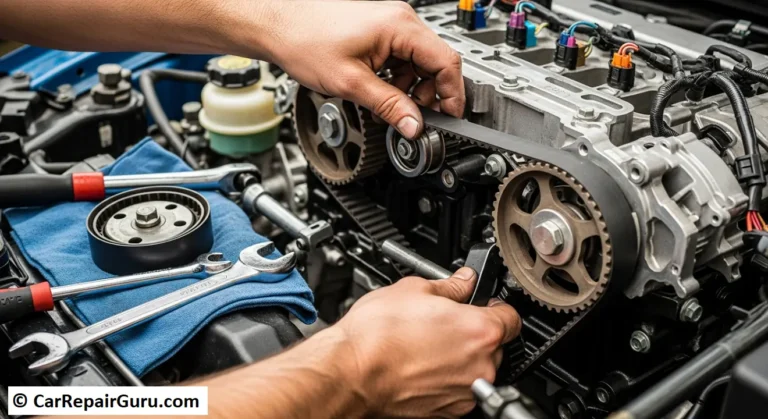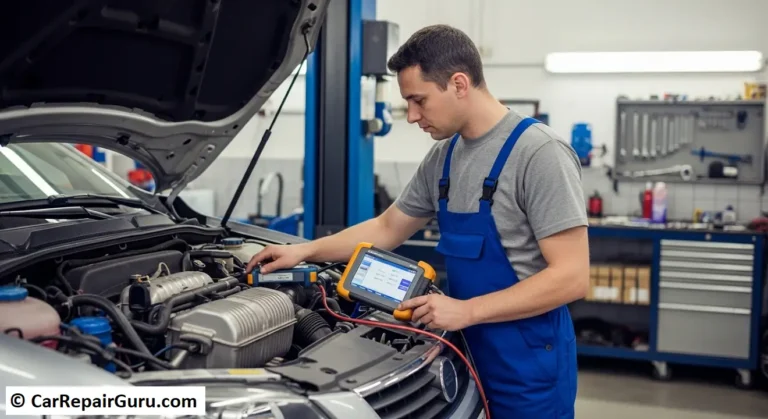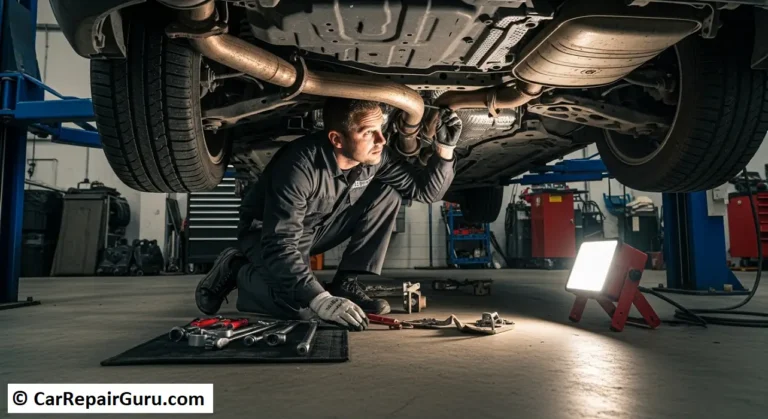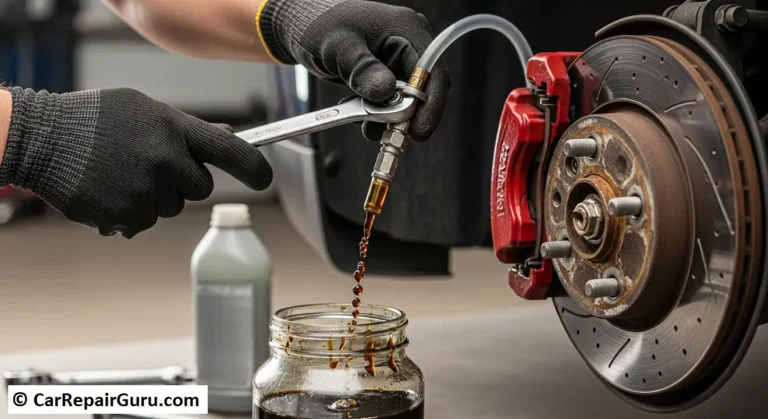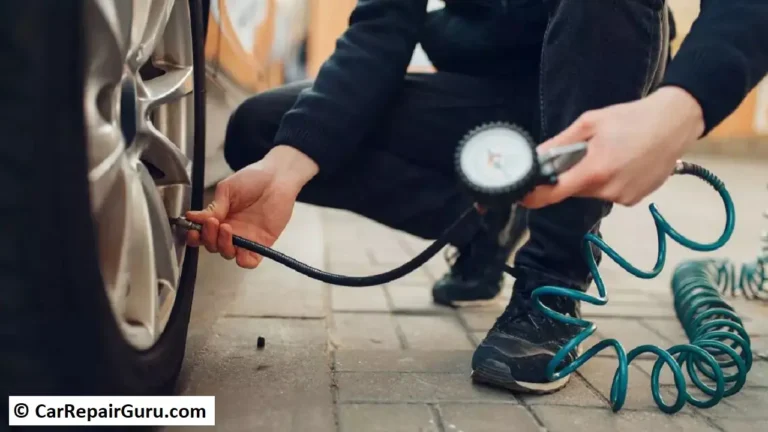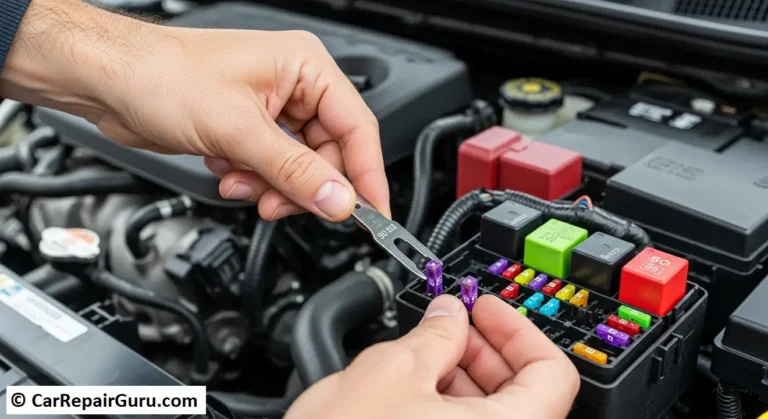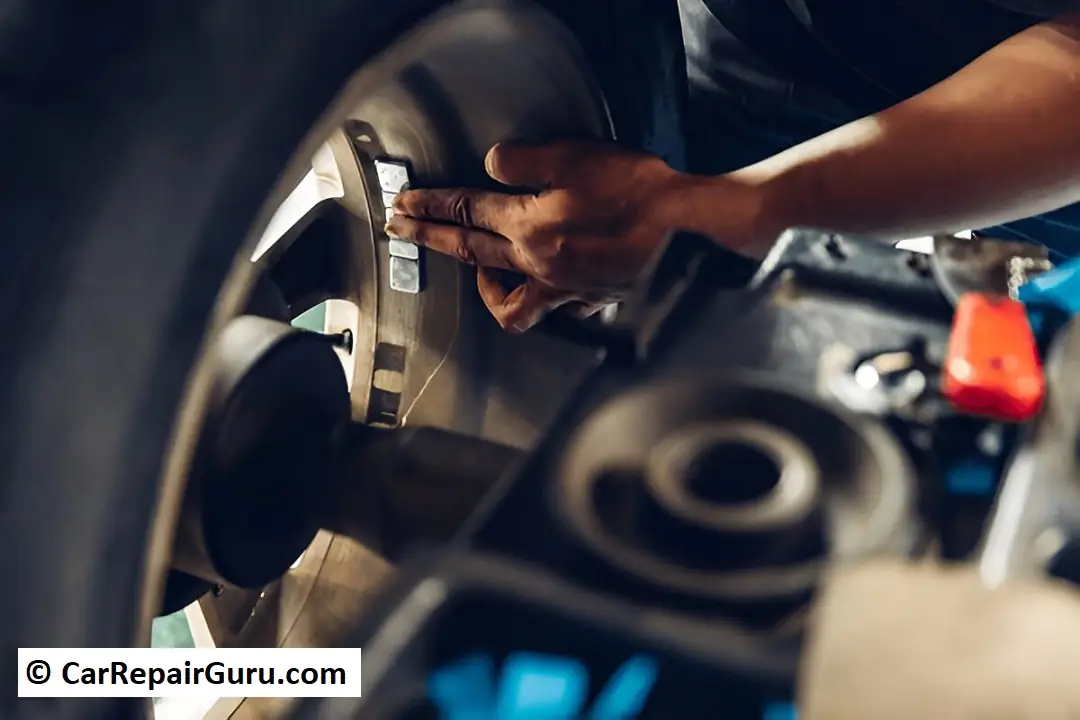
Imagine driving on the highway, feeling your steering wheel vibrate and your car pulling to one side. You wonder what could be wrong, but the answer might be simpler than you think: it could be your wheel weights.
We all want a smooth, comfortable, and safe driving experience. A small but mighty component plays a crucial role in achieving this: wheel weights. These tiny metal pieces, often tucked away on the inner rim of your wheels, are essential for proper tire balancing. Ignoring their importance can lead to a bumpy ride, premature tire wear, and even safety hazards.
Why Are Wheel Weights So Important?
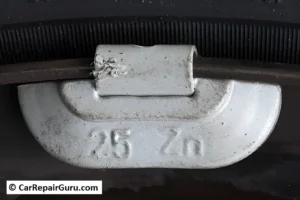
Wheel weights might seem insignificant, but they ensure your tires rotate smoothly and evenly. Without them, even the slightest weight imbalance can cause a cascade of problems. Here’s why wheel weights are vital for optimal car performance and your safety:
- Eliminate Vibrations: Ever felt a vibration in your steering wheel or even your seat at higher speeds? Imbalanced wheels are often the culprit. Wheel weights counteract heavy spots in your tires and wheels, ensuring a smooth and vibration-free ride.
- Prevent Uneven Tire Wear: When wheels are unbalanced, certain areas of the tire make more contact with the road than others. This leads to uneven tire wear, shortening the lifespan of your tires and costing you money on premature replacements.
- Boost Fuel Efficiency: Imbalanced wheels create rolling resistance – your engine has to work harder to maintain speed. Properly balanced wheels with strategically placed weights reduce resistance, contributing to better fuel economy.
- Enhance Handling and Safety: Uneven weight distribution can make your car feel unstable, especially at higher speeds or during sudden maneuvers. Balanced wheels provide better contact with the road surface, improving steering response, handling, and overall safety.
- Reduce Stress on Suspension Components: The constant vibrations from imbalanced wheels put unnecessary stress on your car’s suspension system – shocks, struts, and other components wear out faster. Wheel balancing helps protect these vital parts and extends their lifespan.
Telltale Signs Your Wheel Weights Need Attention
It’s important to be aware of the warning signs that indicate your wheel weights might need attention. Addressing these issues early can prevent further damage and ensure a smooth and safe driving experience. Here are some common red flags:
- Steering Wheel Vibration: One of the most noticeable signs is vibration in your steering wheel, particularly at speeds between 50-70 mph. This vibration can become more pronounced as you accelerate.
- Vibration in the Seat or Floorboard: If you feel vibrations through your seat or notice the floorboard buzzing, it could indicate an imbalance in the rear wheels.
- Unusual Tire Wear Patterns: Regularly inspect your tires. Noticeable wear on one side of the tire, cupping (wear in the center or edges), or feathering (a sawtooth pattern) can all point to balancing issues.
- Increased Road Noise: Imbalanced wheels can cause a humming or rumbling noise that increases with speed. This noise is often described as a low-frequency drone.
- Pulling to One Side: While this can also be a sign of alignment issues, imbalanced wheels can also cause your car to pull slightly to one side while driving.
- Reduced Fuel Economy: If you notice a sudden and unexplained decrease in your gas mileage, imbalanced wheels might be contributing to reduced fuel efficiency.
Quick Tips for Maintaining Wheel Weights
To ensure your wheels remain balanced and your driving experience stays smooth, consider these quick tips:
- Inspect Regularly: Check your tires for signs of wear and ensure wheel weights are intact.
- Stay Alert: Be aware of any unusual vibrations or noises while driving.
- Keep Tires Inflated: Maintain proper tire pressure for optimal performance and safety.
How Are Wheel Weights Checked and Replaced?
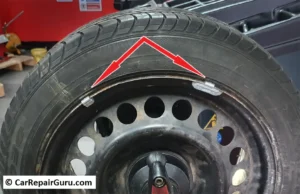
Checking and replacing wheel weights is a job best left to professionals. Tire shops have specialized balancing machines that accurately measure weight imbalances and indicate the precise placement and weight of the necessary wheel weights.
Here’s a simplified look at the process:
- Wheel Removal: The technician will safely raise your car and remove the wheels that need balancing.
- Inspection: They’ll inspect your tires for any signs of damage or uneven wear that could be contributing to the imbalance.
- Balancing Machine: Each wheel is mounted on a balancing machine that spins it at high speeds to identify weight imbalances.
- Weight Placement: The machine will indicate the exact location and weight of the corrective weights needed. The technician will then attach these weights to the inner or outer rim of the wheel.
- Final Check: The wheel is spun again on the machine to ensure it’s perfectly balanced.
- Reinstallation: The wheels are mounted back onto your car, and the lug nuts are tightened to the correct specifications.
Common Questions About Wheel Weights (FAQ)
Q: How often should I get my wheels balanced?
A: It’s generally recommended to have your wheels balanced every 5,000 to 7,000 miles, or every other tire rotation.
Q: Can I balance my wheels myself at home?
A: While DIY wheel balancing kits are available, it’s best to have this done by a professional with the proper equipment for the most accurate results.
Q: How much does it cost to get my wheels balanced?
A: The cost varies depending on your location and the shop, but it’s typically an affordable service, often ranging from $10 to $25 per wheel.
Q: What are the different types of wheel weights?
A: The most common types are clip-on weights, which are clipped onto the rim’s edge, and adhesive weights, which are stuck to the inner barrel of the wheel.
Conclusion: A Small Investment for a Smoother, Safer Ride
Wheel weights might seem like insignificant pieces of metal, but they play a vital role in your car’s performance, your safety, and the longevity of your tires. By understanding their importance and recognizing the signs of imbalance, you can address problems early and enjoy a smoother, more controlled, and fuel-efficient driving experience. Don’t underestimate the power of these small weights – schedule a wheel balancing appointment today for a noticeable difference in your ride.
Take Action Today:
Don’t wait—schedule your wheel balancing appointment today for a smoother, safer ride!
